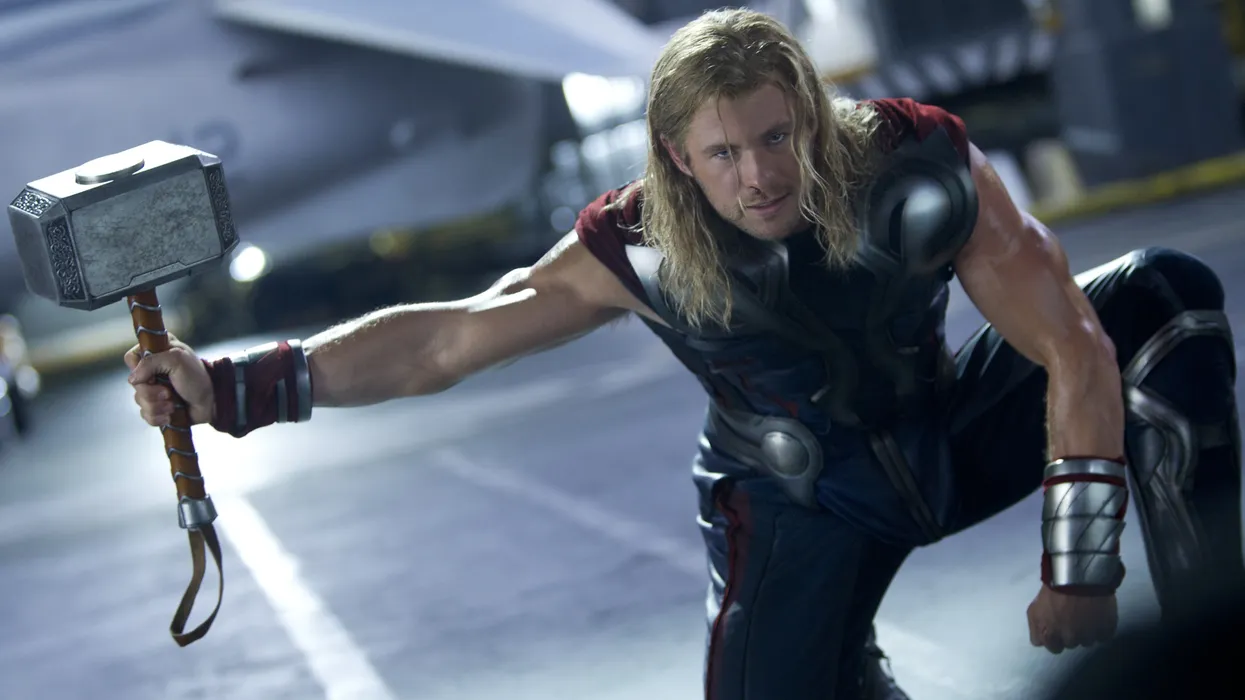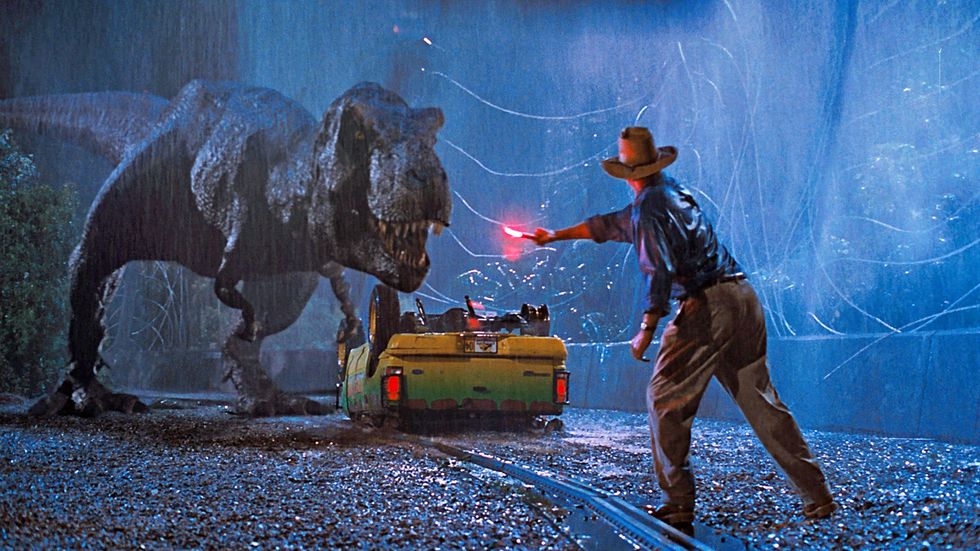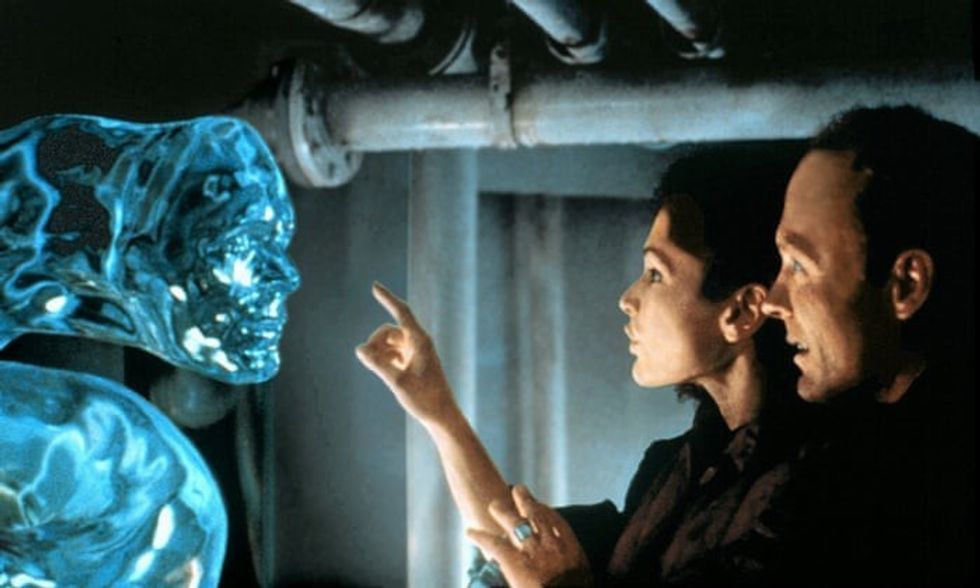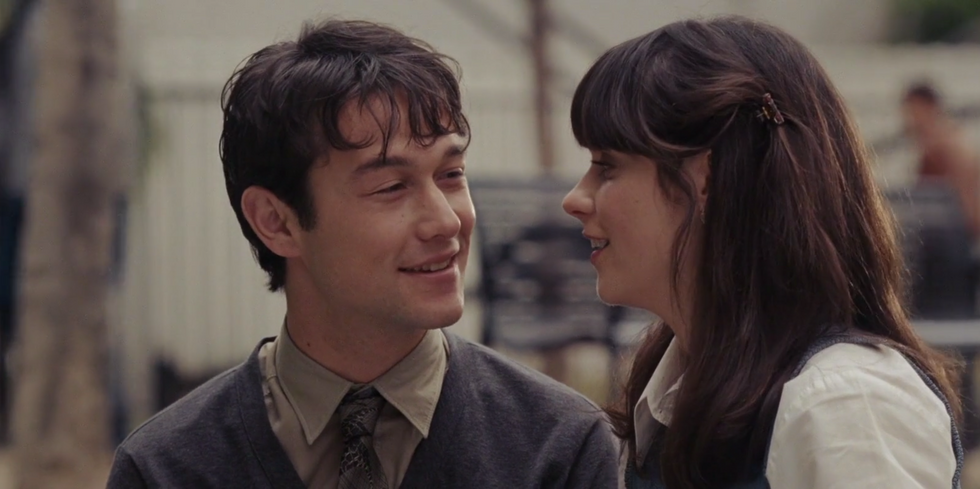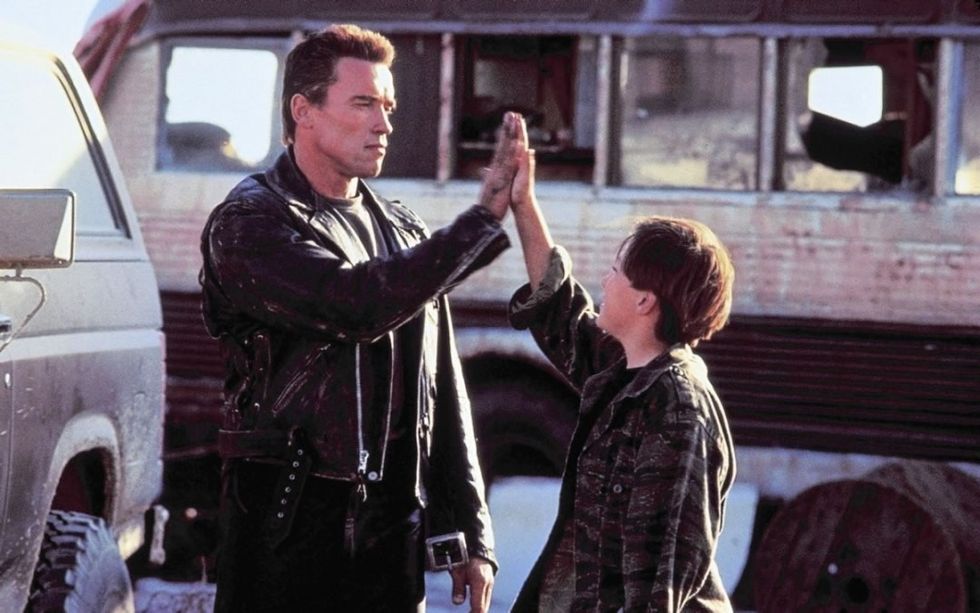Powerful First & Final Frames Throughout Cinematic History
The most popular supercut in recent memory just got a sequel.
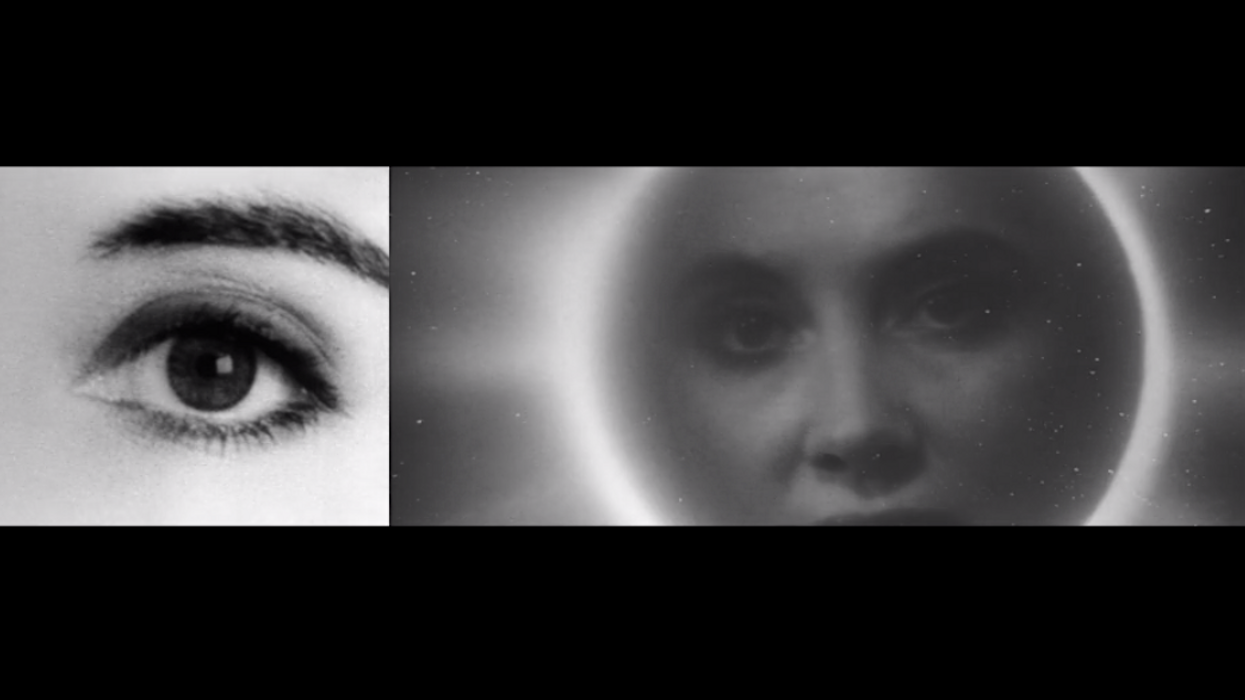
In the original installment ofFirst and Final Frames, prolific supercut artist Jacob T. Swinney showed us that juxtaposing the first and last frames of famous films can actually provide an incredible amount of insight into how we can use images more intentionally. Now, Swinney has followed up with First and Final Frames: Part II, and like last time, not only is it fascinating to watch, but it shows us ways in which we can make the first and final frames of our own films more impactful.
Here are the films that Swinney pulled from, in order of appearance:
- Sunshine
- Snowpiercer
- Biutiful
- 21 Grams
- The Prestige
- All is Lost
- Take Shelter
- The Impossible
- United 93
- Vanilla Sky
- Ex Machina
- Inside Llewyn Davis
- Dead Man
- Mystery Train
- Melvin and Howard
- Fury
- Full Metal Jacket
- A Clockwork Orange
- Eyes Wide Shut
- Eraserhead
- The Elephant Man
- The Fall
- The Thin Red Line
- The New World
- Road to Perdition
- Snow Falling on Cedars
- The Bourne Ultimatum
- The Imitation Game
- Flight
- Hard Eight
- Inherent Vice
- World War Z
- Wild
- The Double
- The Machinist
- Born on the Fourth of July
- Brideshead Revisited
- Maps to the Stars
- The Skeleton Twins
- Mommy
- A Scanner Darkly
- 10 Years
- Milk
- Lost Highway
- Boxcar Bertha
- Badlands
- Ghost Dog: The Way of the Samurai
- Ratcatcher
- Ida
- Raise the Red Lantern
- Gattaca
- Kundun
- Bringing Out the Dead
- A Most Wanted Man
- The Curious Case of Benjamin Button
- The Social Network
- Jack Goes Boating
- Submarine
- Half Nelson
- Eternal Sunshine of the Spotless Mind
- Babel
- Django Unchained
- True Grit
- Vertigo
- Oldboy
- Apocalypto
- Dawn of the Planet of the Apes
- Gladiator
- Mad Max: Fury Road
- World's Greatest Dad
Though a good portion of these are simply images of the beginning and end of a character's journey — good examples of this would be the Jim Jarmusch classic Dead Man or the stunningly beautiful Ida — quite a few of the films in this cut start off and end with the same image, or one that shares some key similarities. This technique, known as bookending, is a clever storytelling trick, in that it forces the audience to examine how their perception of the two images has changed given the context of the rest of the film. It's also an effective technique for neatly wrapping up a film and bringing a sense of finality to the audience. It's akin to putting a bow on top of the package. Some strong examples of this from the supercut are David Lynch's understated masterpiece The Elephant Man and the Gus Van Sant biopic Milk.
What is your favorite example of powerful first and final frames, and what makes that example compelling? Share them with us down in the comments!
Source: Jacob T. Swinney
